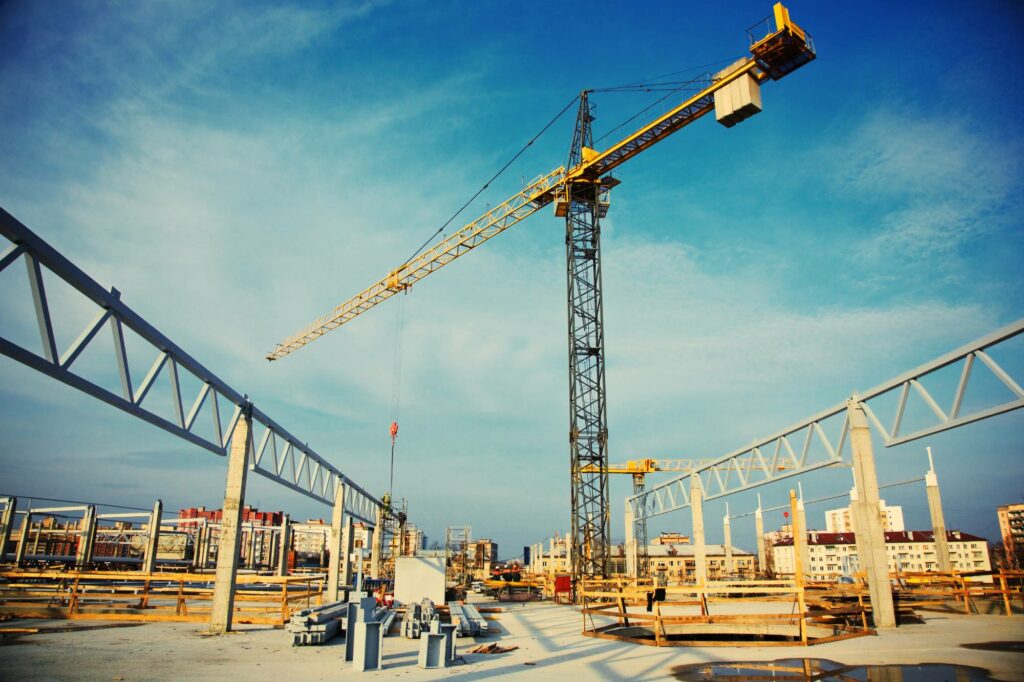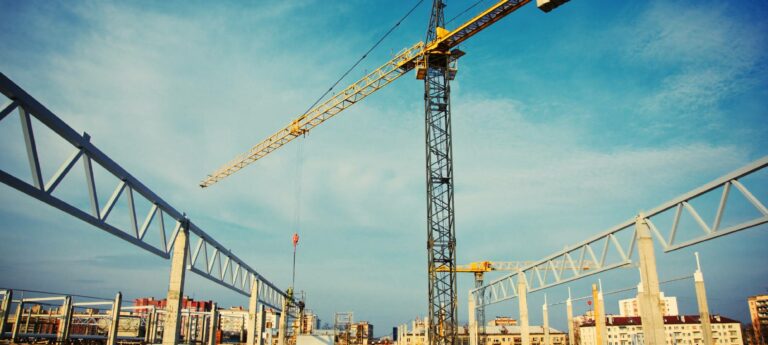Technology has always been a powerful catalyst for change. In the commercial construction industry, we’re seeing a significant shift in the way consumers prefer to purchase goods, thanks to the prevalence of online shopping. Today’s consumers love the convenience of online shopping. Without a persistent salesperson asking too many questions or hard-selling, shopping can be considerably less stressful, and shoppers don’t have to travel to a location anymore to find something they want to buy. Online, it’s easy to compare prices and research reviews for virtually any product, without pressure from a biased salesperson.
The web is where consumers feel free to make their own well-researched or spontaneous decisions on purchases both major and minor. Not only are established retailers transitioning to a heavier online presence, but new companies are being bred and born entirely online.

New consumer habits have significantly influenced the commercial construction and commercial real estate industries.
Malls are steadily losing tenants and experiencing increased difficulty filling vacant suites as more retailers are closing poorly performing locations and shifting focus to growing online sales. While brick-and-mortar shopping establishments will likely never truly disappear, retailers must make sure they’re ready to sell online if that’s where their customers want to buy.
This shift of emphasis from physical establishments to virtual stores poses an interesting dilemma for large distributors of goods. 15 years ago, retailers had no problem storing all their inventory in retail locations and basic warehouses; they didn’t need spaces full of inventory ready to ship to customers online. Today, that is not the case. Basic warehouses won’t cut it anymore for high volume sellers with significant online sales.
More retailers are looking to build big-box warehouses that can provide the necessary functionality to meet the needs of customers’ changing buying habits. As a result, in the last year, there has been a significant increase in the number of warehouse projects measuring 300,000 square feet or larger. Trends predict more of these types of projects in the coming years. Getting a warehouse built is no problem, but with increasing demand for fast shipping, finding available land near or in major metropolitan areas is increasingly challenging and expensive. Even if it’s not a foot-traffic reliant shop, location is still everything.
Online sales currently account for only approximately 10% of all sales nationwide, but the growth of online purchases far surpasses physical retail sales.
The trend is quite clear. Demand for modern, highly functional warehouses and shipping centers is rising with online sales rates. Amazon paved the way as the first really serious contender in the online retail arena, and more sellers are eyeing their efficient and modern warehouses as inspiration for their own facilities.
Brick and mortar shops aren’t going anywhere yet. Just as the Kindle didn’t kill the paperback, e-commerce won’t be forcing you to order your groceries online anytime soon. People still want to try on those jeans before they buy them. However, any medium to large retailer seeing a shift in sales in favor of online purchases would be wise to consider investing in a strategically located warehouse facility.
